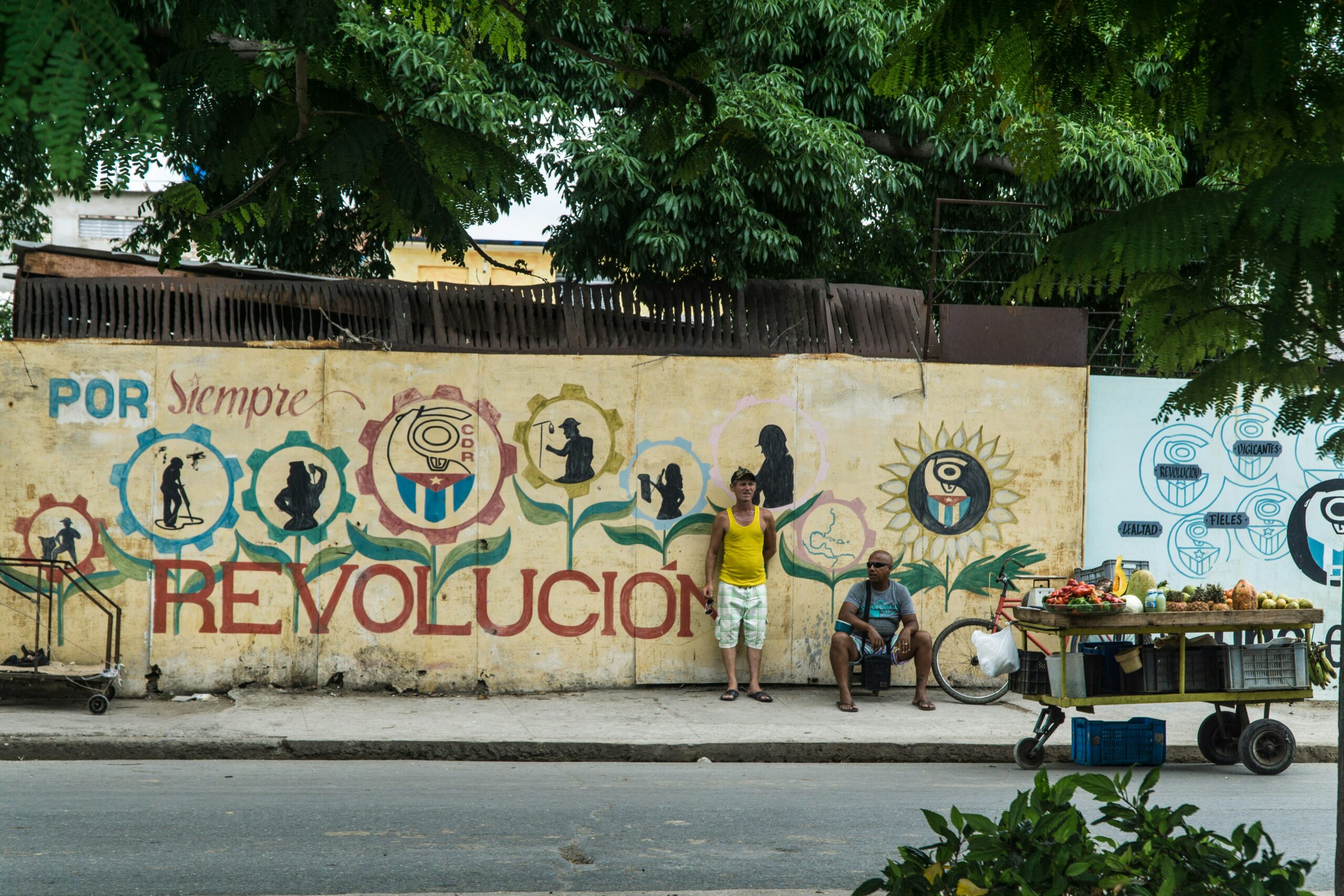
Fidel Castro: The Cuban Revolutionary Leader
Fidel Castro, the iconic Cuban revolutionary leader, left an indelible mark on the history of Cuba and the world. His rule, which lasted for over five decades, came to an end on April 19, 2011. Castro’s leadership and ideology shaped the destiny of Cuba, and his impact can still be felt today.
The Rise of Fidel Castro
Fidel Castro was born on August 13, 1926, in Birán, Cuba. He grew up in a wealthy family and received a good education. Castro’s early life was marked by his interest in politics and his opposition to the corrupt regime of Cuban dictator Fulgencio Batista.
In 1953, Castro led an unsuccessful armed revolt against the Batista government. Although the revolt failed, it brought Castro to national attention and showcased his determination and leadership skills. Castro was captured and sentenced to prison but was released two years later as part of a general amnesty.
The Cuban Revolution
Castro’s release from prison marked the beginning of a new chapter in Cuban history. He went into exile in Mexico, where he formed a revolutionary group called the 26th of July Movement. In 1956, Castro and a small group of rebels, including Che Guevara, returned to Cuba and launched a guerrilla war against Batista’s forces.
After years of fighting, the rebels finally overthrew Batista’s government on January 1, 1959. Castro emerged as the new leader of Cuba, and his revolutionary government set out to transform the country. Under his rule, Cuba underwent significant social and economic changes, including land redistribution, nationalization of key industries, and the implementation of socialist policies.
The Impact of Castro’s Rule
Castro’s rule had a profound impact on Cuba and the world. On the one hand, his government implemented policies that aimed to improve the lives of ordinary Cubans. Education and healthcare became accessible to all, and Cuba achieved impressive literacy rates and healthcare outcomes.
On the other hand, Castro’s regime was characterized by political repression and the suppression of dissent. Freedom of speech and political opposition were severely curtailed, leading to a one-party state and limited political freedoms.
Castro’s leadership also had a significant impact on international relations. He aligned Cuba with the Soviet Union during the Cold War, leading to strained relations with the United States. The Cuban Missile Crisis in 1962 brought the world to the brink of nuclear war and highlighted the tense relationship between the two countries.
The End of Castro’s Rule
After ruling Cuba for over five decades, Fidel Castro stepped down as the country’s leader on July 31, 2006, due to health reasons. His brother, Raúl Castro, assumed the presidency and continued many of Fidel’s policies. However, it was not until April 19, 2011, that Fidel Castro officially resigned as the First Secretary of the Communist Party of Cuba, marking the end of his rule.
Castro’s retirement from politics did not diminish his influence. He remained a prominent figure in Cuban and international affairs until his death on November 25, 2016. His legacy continues to shape the political landscape of Cuba and serves as a symbol of resistance and revolution for many around the world.
In Conclusion
Fidel Castro’s rule as the Cuban revolutionary leader came to an end on April 19, 2011. His leadership and ideology left a lasting impact on Cuba and the world. While his rule brought about significant social and economic changes, it was also marked by political repression and strained international relations. Castro’s retirement from politics did not diminish his influence, and his legacy continues to shape the political landscape of Cuba today.


